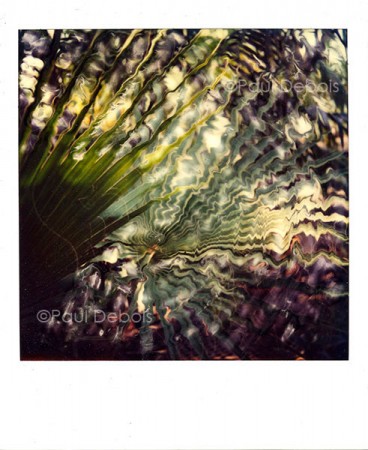Should one squirt, spurt or spray?
I sold my first limited edition photographs as a student in 1982. They were C-type prints, in the days when a C-type was still a C-type. At that time, it was a very much a pariah process, as the archival stability was suspect. Probably with good reason, as about 20 to 30 years was the estimated life span.

OK. What is a C-type? Remember the faded prints you used to see in the window of your local chemist, showing happy, smiling people on holiday? A C-type. Slightly faded is probably being generous – they were more than likely faded to the point where only the darkest elements of the prints remained, probably with a horrid blue cast – in my memory at least. They were prints made from colour negatives. They still are. Only now, with improved papers and chemistry, they have a much longer life span – maybe 150 years or more.
Wikipedia’s definition: The word “giclée” is derived from the French language word “le gicleur” meaning “nozzle”, or more specifically “gicler” meaning “to squirt, spurt, or spray”.
OK. End of rant!

Hi Paul,
Great post and thank you for the mention.
I still snigger at ‘Giclée’ (including the endless misspellings) and try to discourage it wherever possible…!
Best,
JL